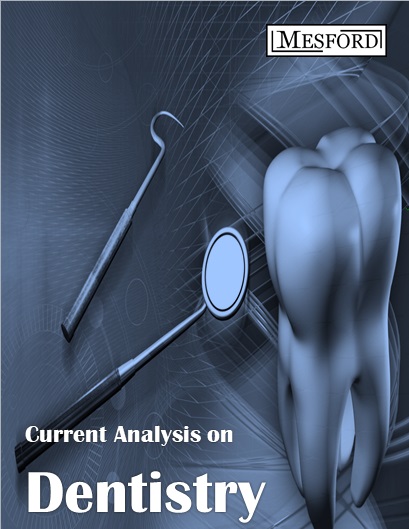
Guest Editor
Dan Welch, Ph.D
Associate Professor
Department of Growth, Development and Structure 2800 College Avenue,
Submission Deadline: March 15, 2019
A Brief Description of the Aims and Objectives
Other than oral mouth guards, treatment strategies proposed for primary bruxism such as stress management may not be sufficient nor appropriate for all forms of the disorder. There are multiple lines of converging evidence that suggest bruxism may have other underlying etiologies besides malocclusion. Evidence suggests that psychological stress, neurological pathology, sleep apnea, illicit drugs, and prescription medications are all capable of inducing bruxism. Bruxism can lead to worn teeth, lost fillings, fractures, induction of headaches, and numerous types of temporomandibular disorders. In order to understand the underlying mechanisms, research has to expand beyond malocclusion and biomechanics of the jaw. So far we know that there are neurological circuits that coordinate flexor and extensor alternating movements that can operate in the absence of afferent feedback. These specialized circuits are currently referred to as central pattern generators (CPGs). Characterization of these CPG circuits are often missing or poorly characterized in most dental anatomy textbooks, and curricula. This elevates the importance and significant impact of having a thematic issue on the underlying neurological mechanism of bruxism. Currently, there is no cutting edge compilation of this knowledge that has been formulated to be useful to a practicing dentist. While masticatory CPGs have received significant attention by basic scientists, very little of this knowledge has made its way into clinical dental journals. The primary aim, is to gather primary research, review articles, and case studies that examine the brainstem circuits, and trigeminal pathways that underlie bruxism . The scope of this special issue is to examine research that extends beyond the typical treatments of oral mouth guards/appliances, and instead focuses on the underlying mechanisms.
Keywords:
Psychological stress, neurological pathology, sleep apnea, illicit drugs, prescription medications, central pattern generators (CPG), gigantocellular reticular nucleus, parvocellular reticular formation, brainstem neuroanatomy, electromyography
Potential titles for proposed manuscripts publications but are not limited to the following:
- Characterization of Masticatory and Brux-like Motor Patterns in the Laboratory Rat: Electromyography Amplitude Analysis (In preparation to submit)
- Neuroanatomy of trigeminal pathways involved in bruxism
- Dopaminergic receptor regulation of pathological orofacial movements
- Nociceptive reflex pathway and its influence on orofacial movements
- The influence of occlusion on pathological orofacial movements
- The relationship between sleep apnea and bruxism
- The relationship between drugs of abuse and bruxism
- Neuroanatomy of the oral gigantocellular reticular nucleus
- Neuroanatomy of the parvocellular reticular formation
- Neuroanatomy of the excitatory and inhibitory premotor neurons projections to the trigeminal motor nucleus

MESFORD Publisher Inc is a premier global publisher of science, technology and medical resources. We offer unique, trusted content by expert authors, spreading knowledge and promoting discovery worldwide. We aim to broaden thinking and advance understanding in the sciences, providing researchers, academics, professionals, and students with the tools they need to share ideas and realize their potential